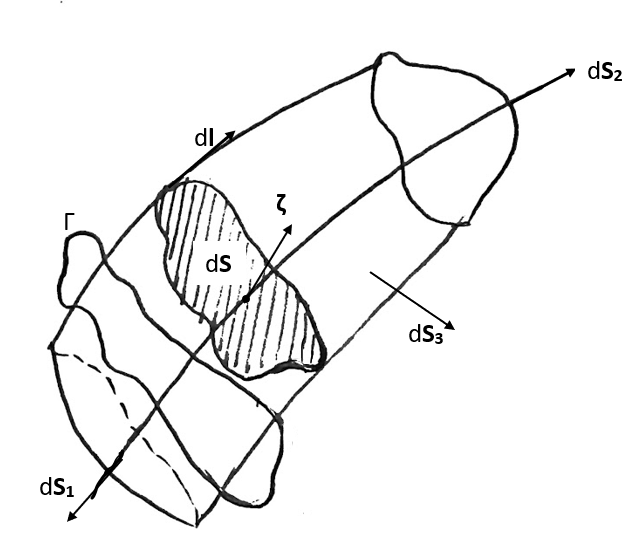Aerodynamics
Course Outcomes
Identify and formulate the correct set of assumptions and boundary conditions for aerodynamic force calculations for incompressible flow
Apply analytical methods based on potential flow theory to estimate the aerodynamic force on finite wings in incompressible flow
Develop numerical algorithms based on panel methods for aerodynamic analysis of simple configurations
Use boundary layer theory to estimate viscous drag on simple configurations and apply corrections to potential flow based methods
Syllabus
Aerodynamic forces and moments – review of governing equations – potential flows – Kutta condition – vortex theorems – thin airfoil theory – finite wing theory – panel methods – flow over delta wings – boundary layer theory – effect of pressure gradient – flow separation and stall – high-lift devices – structure of turbulent boundary layer – Reynolds averaging.
Course Outline
Introduction
- Aircraft Free body diagram (6 DOF)
- Aircraft Free body diagram (3 DOF)
- Aim (to calculate lift, drag and pitching moment coefficient)
- Rationale for dimentionless Coefficients
- Buckingham Pi theorem
- Example calculation of drag coefficient
- Does this result in a unique set of non-dimensional numbers?
- Example of wrong non-dimensional numbers for lift force
Review of Fluid Statics
- Continuum Hypothesis (range of validity, definition of density)
- State of gas (what are all the things required to define the state of a gas)
- Thermal Conductivity
- Thermal Equation of State
- Caloric Equation of State
Review of Fluid Mechanics
- Definition of velocity
- Definition of viscosity
- Stress tensor
- Kinematics (Lagrangian vs Eulerian)
- Reynolds Transport Theorem
- Laws of Motion
- Conservation of Mass
- Newton’s second law of motion (with viscous terms)
- Conservation of Energy (with viscous terms)
Inviscid Compressible Flow
- Chapter 7 and sections 8.1 - 8.4 of Liepman and Roshko
- Equation of Angular Momentum Conservation
- Show vorticity is constant along a streamline
- Split the energy equation into two parts
- Derivation of Euler’s equation
- Along a strealine
- In full domain
- Derivation of Potential flow equation
Inviscid Barotropic Flow
- Vorticity and circulation
- Kelvin’s circulation theorem
Inviscid Incompressible Flow
Derivation of Bernoulli’s Equation
- Along a streamline
- For any two points in an irrotational flow
Kelvin’s theorem
Kutta-Jowkowski theorem
- Proof for thin airfoil
- General proof
Elementary flows (source/sink/doublet/vortex)
Non-lifting/lifting flow over a cylinder
- D’Alembert’s paradox
Kutta Condition
Starting vortex for a 2D airfoil
NACA four digit airfoil definition
Definition of vortex filament and vortex sheet
Thin airfoil theory
- Derivation for the symmetric airfoil
- Derivation for a general cambered airfoil
Concept of Boundary Layer
Airfoil drag
- Laminar and Turbulent BL
- Numericals
High lift devices
Grading
There will be three assignments. One theoretical (5), one computational (10) and one numerical (5).
References
[@anderson2011Fundamentals] is available from Book bank. [@karamcheti1980] has a very good treatment of potential flow theory.
